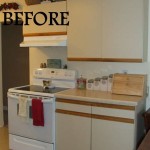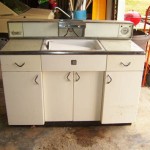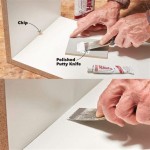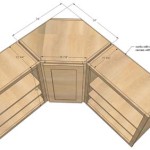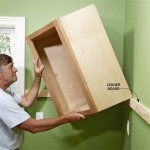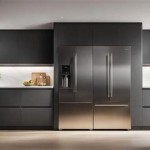Essential Aspects of Cleaning White Lacquer Kitchen Cabinets
Maintaining the pristine appearance of white lacquer kitchen cabinets requires a multifaceted approach that encompasses both regular care and timely deep cleaning. Understanding the specific needs and vulnerabilities of lacquer surfaces is crucial to preserving their beauty and longevity. This article delves into the essential aspects of cleaning white lacquer kitchen cabinets, providing a comprehensive guide to keeping them spotless and radiant.
Transition: Before embarking on the cleaning process, it is imperative to gather the necessary materials and understand the recommended techniques. The following sections will explore these essential aspects in detail, equipping you with the knowledge and tools to effectively clean white lacquer kitchen cabinets.
Essential Aspects of Cleaning White Lacquer Kitchen Cabinets
1. Understanding Lacquer Surfaces: Composition and Characteristics
Lacquer is a durable and lustrous finish applied to kitchen cabinets, offering a sleek and modern aesthetic. It comprises a blend of resins, pigments, and solvents, creating a hard and glossy surface. However, lacquer is prone to scratches, stains, and fading if not properly cared for.
2. Regular Cleaning: Dusting and Wiping
Regular cleaning is essential to prevent dirt, dust, and fingerprints from accumulating on lacquer surfaces. Use a soft, microfiber cloth to gently wipe away dirt and dust. Avoid using abrasive cloths or paper towels, as these can scratch the finish.
3. Removing Stains and Spills: Prompt Action and Mild Cleaners
Spills and stains should be addressed promptly to prevent permanent damage. Blot up liquid spills immediately with a clean cloth. Avoid scrubbing or wiping, as this can spread the spill. For stubborn stains, use a mild cleaning solution diluted with water and apply it with a soft cloth. Test the solution on an inconspicuous area first.
4. Deep Cleaning: Periodic Thorough Maintenance
Periodic deep cleaning is necessary to remove accumulated grime and restore the cabinet's original shine. Use a suitable lacquer cleaner or a mixture of mild dishwashing liquid and water. Apply the solution to the cabinets with a soft sponge and rinse thoroughly with a damp cloth. Dry the cabinets immediately with a clean towel.
5. Avoiding Harsh Chemicals and Abrasive Materials
Lacquer finishes are sensitive to harsh chemicals and abrasive materials. Avoid using strong cleaners, scouring powders, or steel wool, as these can damage the surface. Stick to mild cleaning solutions and soft cloths to protect the finish.
6. Protecting from UV Exposure and Heat
Prolonged exposure to sunlight and heat can damage lacquer finishes, causing fading, discoloration, and cracking. Use curtains or blinds to filter natural light, and keep cabinets away from direct heat sources such as ovens or stoves.
Conclusion:
Cleaning white lacquer kitchen cabinets requires a combination of regular care and periodic deep cleaning. By understanding the unique characteristics of lacquer surfaces, following the proper techniques, and avoiding harmful substances, you can maintain the pristine appearance of your cabinets and enjoy their beauty for years to come.

How To Clean White Kitchen Cabinets 3 Best Ways Avoid Abbotts At Home

How To Clean White Kitchen Cabinets 3 Best Ways Avoid Abbotts At Home

Lacquer Kitchen Cabinets Pros Cons Finish Type Comparison

Lacquer White

Lacquer Cabinets For Your Modern Kitchen Oppolia

All You Need To Know About Mdf Lacquer Kitchen Cabinet Cosyhome

Lacquer Kitchen Cabinets Pros Cons Finish Type Comparison

How To Clean Euro Cabinets Cabinetry

Lacquer Kitchen Cabinets Pros Cons Finish Type Comparison

Pros And Cons Of Lacquer Kitchen Cabinets
Related Posts


